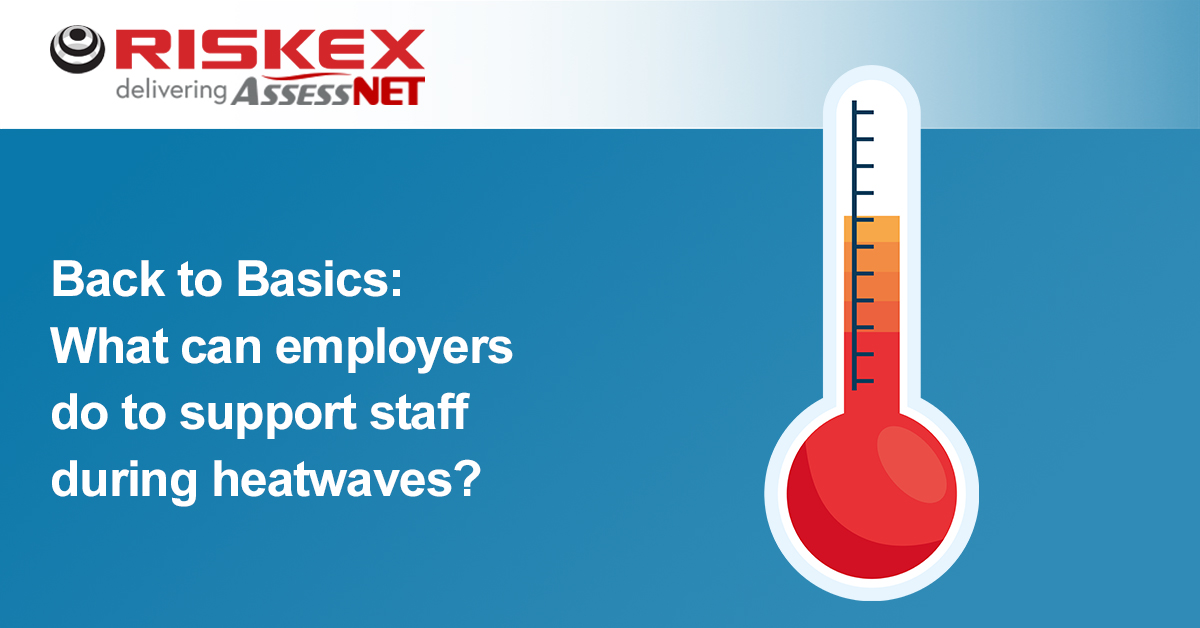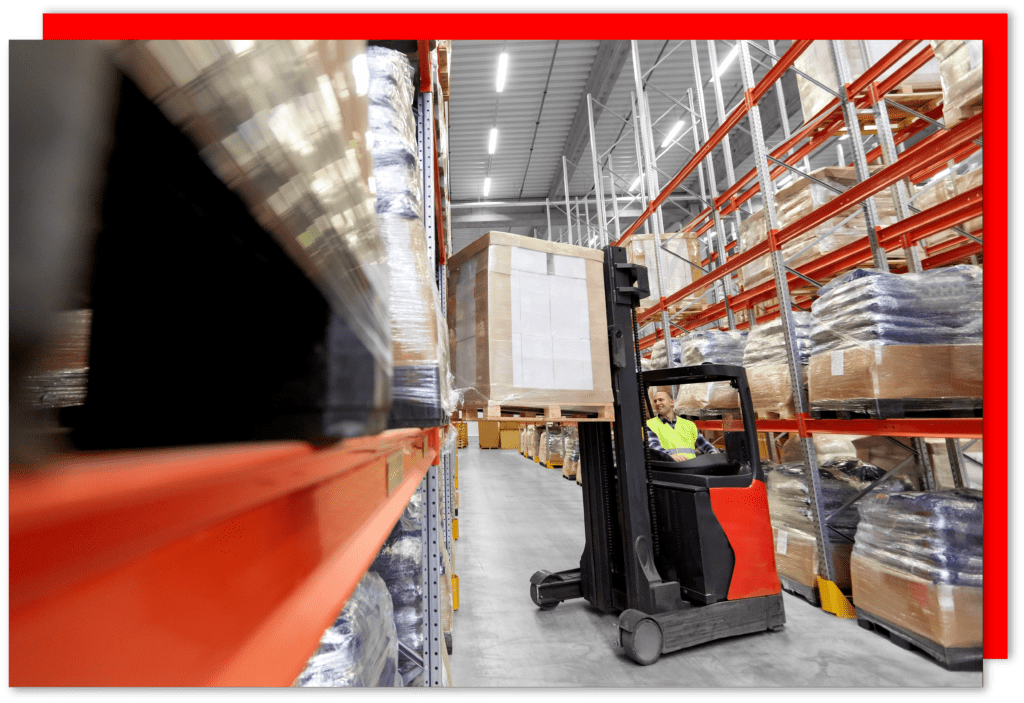This guide provides useful information regarding employers responsibilities to protect their workforce during extreme heat, as well as some useful tips to help safeguard them.
Legislation and Guidance
Legally, there is no maximum temperature requirement for workplaces. However, temperatures in indoor workplaces are covered by the Workplace (Health, Safety and Welfare) Regulations 1992, which require workplaces to be at a ‘reasonable’ temperature with clean and fresh air. Whilst there is no official guidance on “ideal” temperature, the Chartered Institute of Building Service Engineers recommends that a suitable range of indoor temperatures should be between 13°C and 23°C depending on how strenuous the work involved may be. Some examples include:
- Heavy work in factories: 13°C
- Light work in factories: 16°C
- Hospital wards and shops: 18°C
- Offices and dining rooms: 20°C.
The Health and Safety Executive states: “If a significant number of employees are complaining about thermal discomfort, your employer should carry out a risk assessment, and act on the results of that assessment.”
If a workplace becomes too hot, workers can experience symptoms such as:
- Loss of concentration
- Headaches
- Tiredness
- Dizziness
And in extreme cases, it can lead to:
- Heat cramps
- Heat stroke
- Collapsing
What can employers do to cool things down?
There are various actions you can take to help employees manage the heat, many of these can be used in conjunction with each other to optimise effectiveness:
- Create a Heat Stress Risk Assessment to identify the unique risks to your business and who will be affected. Make sure to highlight vulnerable employees (e.g. pregnant workers).
- Allow staff to work flexibly where possible – shifting their hours to minimise working at the hottest times of the day.
- Moving workstations away from hot places or out of direct sunlight can also help.
- Where possible windows should be opened, radiators should be switched off, and fans or air-conditioning units should be available.
- Provide free cold drinks to help reduce internal body temperature and keep employees hydrated.
- Allow employees to take extra breaks to cool off.
- Consider relaxing a formal dress code or the wearing of heavy uniforms unless necessary for safety reasons.
- Try to schedule the most strenuous (and hottest) jobs in the coolest hours of the day.
What about people who work outside?
Manual workers, especially those working outside, are particularly vulnerable to extreme temperatures and organising their working hours and activities can be especially complex, given that planning laws are designed to minimise the impact on surrounding communities – which usually means starting early or finishing late isn’t an option. Outdoor workers are also subjected to risks associated with exposure to the sun. Some aspects to consider for outdoor workers include:
- Be alert to heat-related illnesses
- Implement and regularly review control measures. Several control measures can reduce the risks associated with working in the heat. These include scheduling work for cooler times of day and alternating tasks to avoid sustained periods of outdoor work. It’s also a good idea to provide shade where possible and consider window tints for vehicles operating in direct sunlight. Increasing the frequency of breaks during hot spells and providing shaded or air-conditioned rest areas with access to water can also be helpful.
- Provide protection. Covering up with long-sleeved cool clothing, wearing hard hat neck shades or legionnaires hats with a flap and brim to protect the ears and neck and using high-factor sunscreen can all help guard against sunburn while breathable safety footwear can ensure workers stay comfortable and protected. Some workers may appreciate cooling vests that can be ice-cooled like ice packs and cooling bandanas, towels and wraps. When it comes to sunglasses, look for the European CE mark, which indicates a safe level of protection. Ideally, sunglasses should be close fitting and wrap around to prevent solar UVR from entering around the edges and don’t forget to make sure they’re compatible with other PPE.
- Create a sun protection policy. Sun protection policies are commonplace in countries such as Australia, where they have a large number of sunny days and a high UV index but as temperatures rise in the UK, they are also becoming more popular. A sun protection policy could include any of the measures set out above as well as providing details of any training schedules and pledging a commitment to review your approach regularly.
Useful resources













